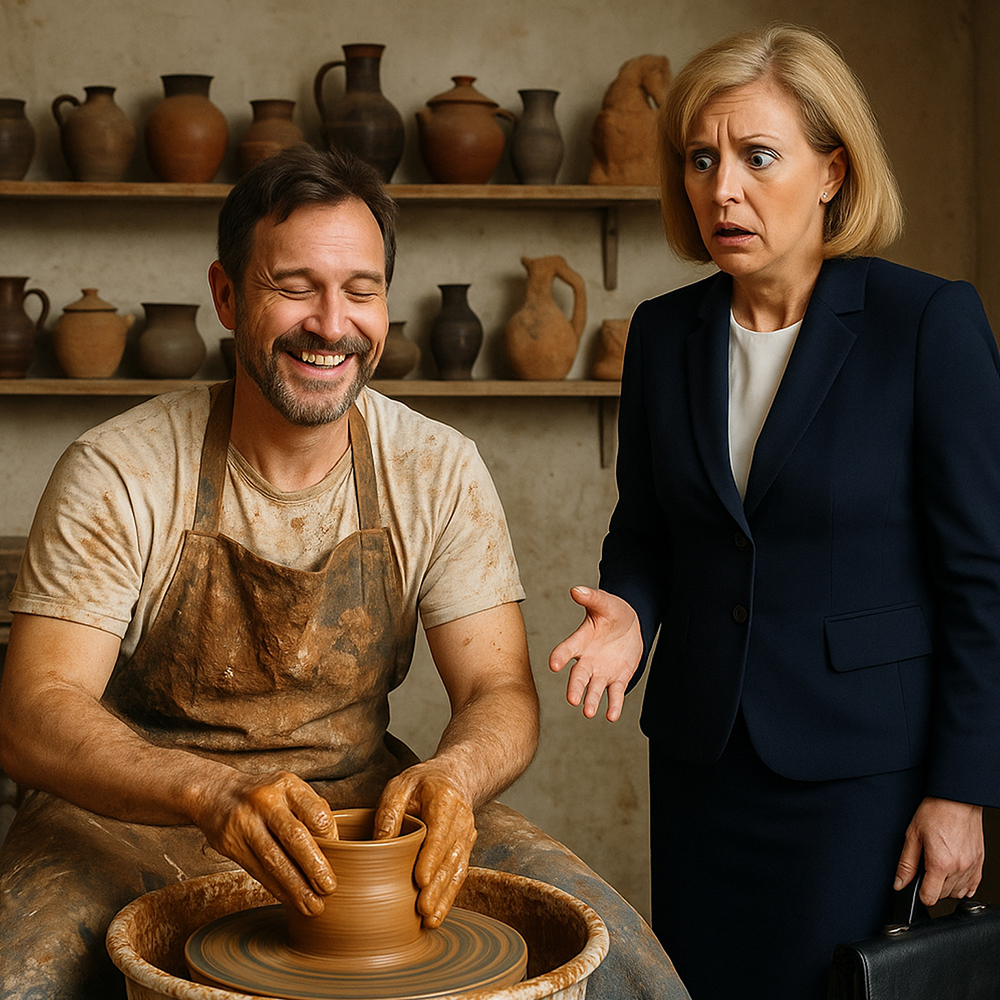Structure Without Smothering: Leading Creative People the Right Way
Creative people aren’t allergic to structure. They’re allergic to the wrong kind of structure. And yet, so many well-meaning managers think their job is to lock down the creative process so it behaves — as if creativity needs taming. It doesn’t. What it needs is the right kind of support. Structure, not scaffolding. Boundaries, not barricades.
Whether you’re managing designers, writers, coders, or cross-functional creative teams, the hardest part isn’t the work itself. It’s striking the balance between control and freedom. Too much oversight, and you risk stifling the very thing you hired them for. Too little, and your projects float into the abyss of missed deadlines and unclear outcomes.

Structure Isn’t the Enemy of Creativity
There’s a myth in leadership that says you have to choose: either let creatives run wild or fence them in. That’s lazy thinking. The truth is, great creative leadership creates just enough shape to support deep focus and real breakthroughs. Not more.
- Clear timelines with room for exploration
- Project briefs that guide without dictating
- Check-ins that clarify, not micromanage
Creatives thrive in constraints they understand. If your structure feels arbitrary, they’ll push against it. But if it’s rooted in a shared goal, they’ll often be your most reliable teammates.
What Smothering Looks Like (And Feels Like)
You might be smothering your creatives if:
- You constantly rewrite their work instead of coaching it forward
- You ask for updates every day — not because it helps, but because you’re anxious
- You make process decisions without input from the team
- You treat deadlines as inflexible, even when discovery is part of the job
These habits don’t build trust. They chip away at it. Worse, they signal that you don’t believe the team can solve the problem unless you hover. That’s not leadership. That’s fear.
The Framework I Use
When I lead creative teams, I use a loose framework that leaves room for human nuance. It looks something like this:
- Define outcomes clearly. What are we trying to shift, solve, or say?
- Agree on a working cadence. Weekly check-ins, shared docs, async updates.
- Clarify approval paths. Who signs off? When?
- Leave space for input. Even if you think you know the answer.
- Protect creative time. Avoid surprise meetings or daily fire drills.
Each of these elements is negotiable, depending on the project. But the key is: nothing is assumed. We talk through it. We align. Then I step back and let them do their best work.
Why This Works
Creativity needs oxygen. But it also needs gravity. This approach offers both. You get the energy of a motivated team, the accountability of shared structure, and the clarity that makes better work inevitable.
It also creates space for hard conversations. If something’s not working, the structure is visible enough to point to and adjust. It doesn’t feel like finger-pointing — it feels like collaboration.
If You’re a Creative Lead or Manager…
Try this on your next project: Instead of issuing a fixed process, co-create it. Invite your team to shape the way you’ll work together. You’ll not only get better ideas — you’ll get better buy-in.
And when you notice a habit of over-checking, over-editing, or over-explaining creeping in, pause. Ask yourself: Am I leading — or managing my own discomfort?
Structure is how you keep the project on course.
Smothering is what you do when you don’t trust the people driving it.
Lead with trust. Build with structure. Then get out of the way.
Still thinking it through? Contact me here and I’ll help you get it right.